THE PHEROBASE guide
Quick start guide to the Pherobase
WHAT IS THE PHEROBASE?
The Pherobase is a database of pheromones and semiochemicals. It comprises several databases to provide comprehensive information about pheromones and semiochemicals. The main objective of The Pherobase is to convert scientific data and knowledge from the literature and convert peer-reviewed information about behaviour-modifying chemicals into an electronically searchable database. The Pherobase covers most animal orders and all types of semiochemicals. In addition to sex pheromones, you will find all other categories of semiochemicals. The coverage ranges from invertebrates to vertebrates, and thousands of plant species. The logo of The Pherobase artistically portrays three molecules engaging with three receptor cells. This visual representation serves as a powerful symbol, encapsulating the core emphasis of the database on the intricate interactions between molecules and receptor cells.

HISTORY OF THE PHEROBASE
Building on the legacy of the pioneering work of Heinrich Arn, The Pherobase stands as a comprehensive resource for chemical communication across the animal kingdom. Its roots trace back to The Pherolist, initially published as a book in 1986 by IOBC and later transformed into a web-based database from 1993 to 2000. While The Pherolist focused primarily on lepidopteran sex pheromones, it provided the initial foundation for Pherobase, which launched in 2003 with a broader scope—encompassing all facets of chemical communication.

WHAT ARE SEMIOCHEMICALS?
Semiochemicals are signalling molecules that organisms can detect in their environment, and possess the capacity to modulate behaviour or physiological responses. They are typically categorized into two principal groups: pheromones and allelochemics.
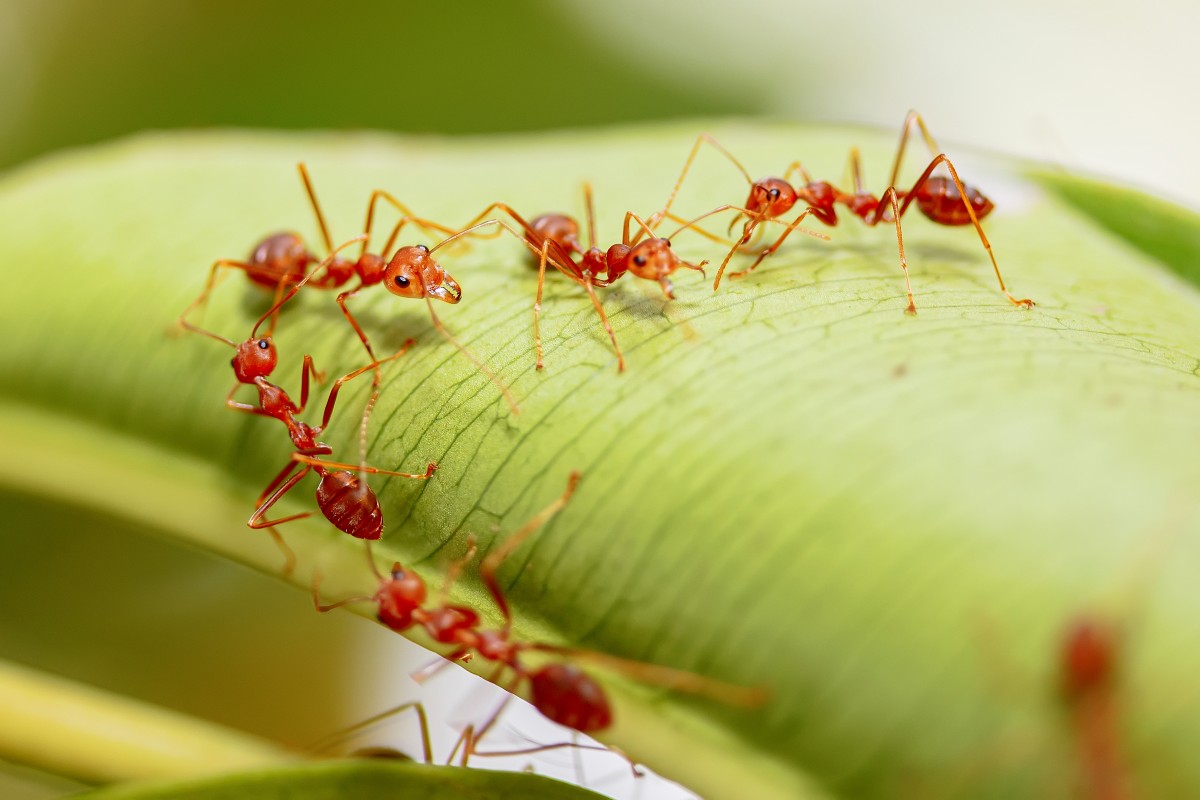
PHEROMONES
Intraspecific Pheromones:
These are chemicals released by an individual of a species to communicate with other members of the same species. Intraspecific pheromones can be further categorized into sex pheromones, aggregation pheromones, alarm pheromones, and more.
Interspecific Pheromones:
These pheromones are used for communication between different species. They can have various functions, such as warning of danger or attracting beneficial organisms.
Pheromones are classified into several categories based on the type of interaction they mediate:
Sex pheromones

Aggregation pheromones
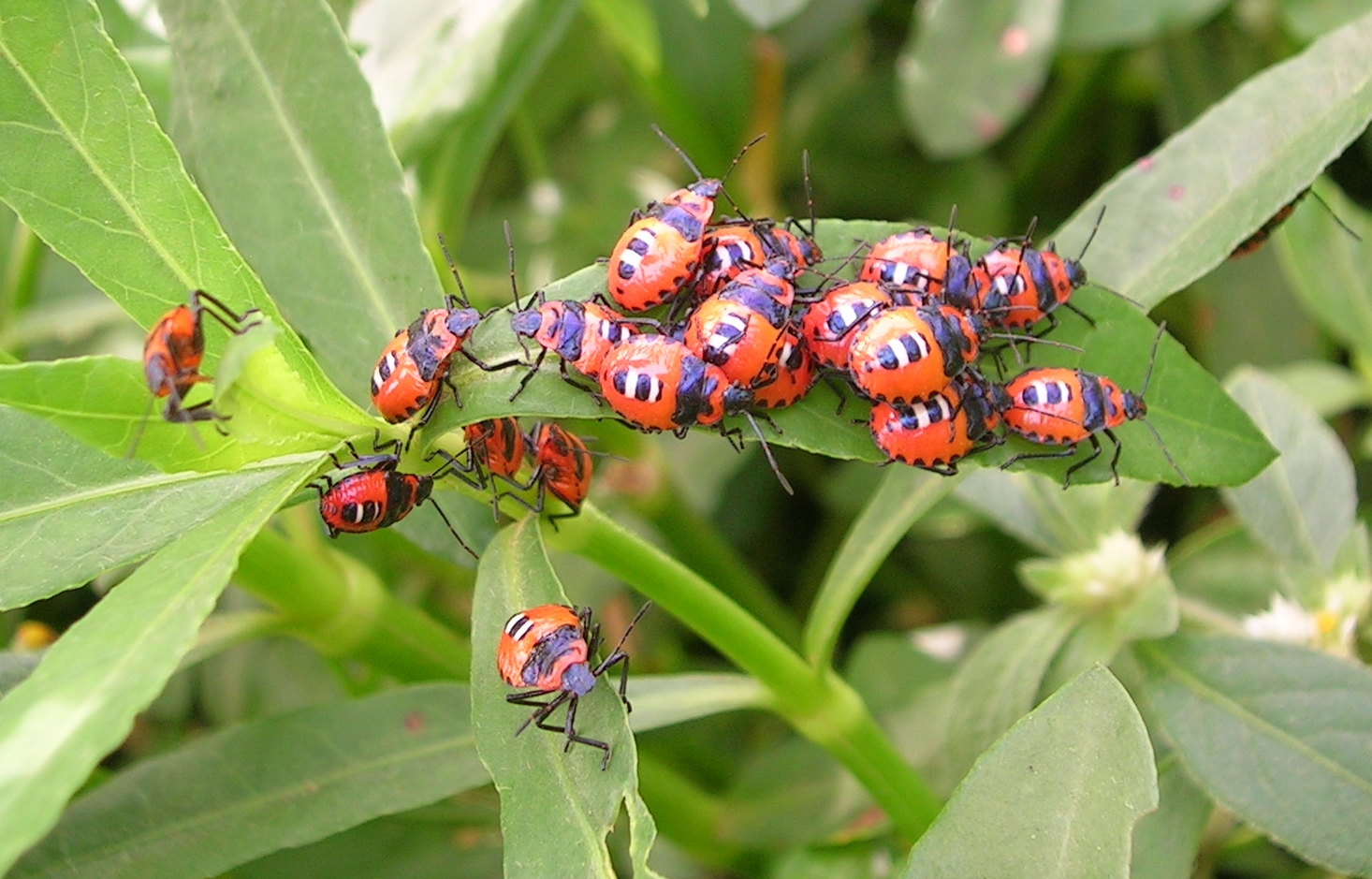
Trail pheromones

Alarm pheromones:
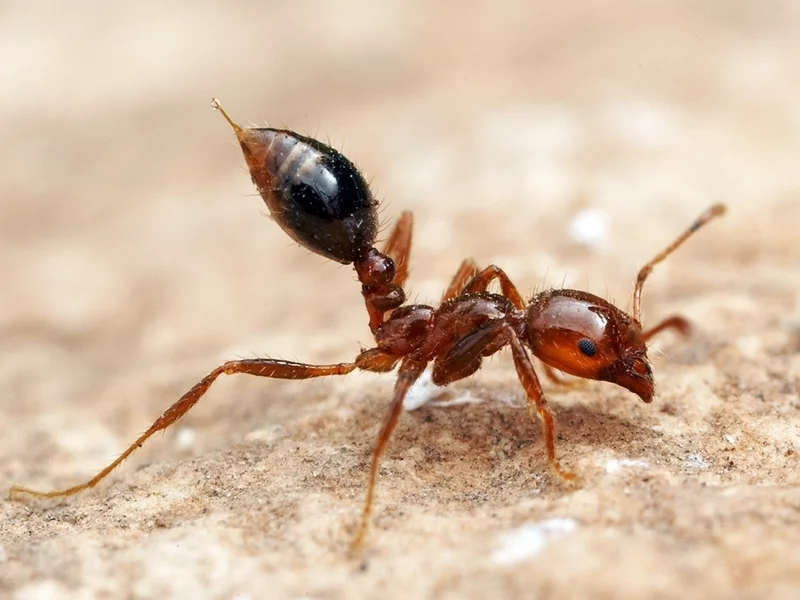
Other pheromones:
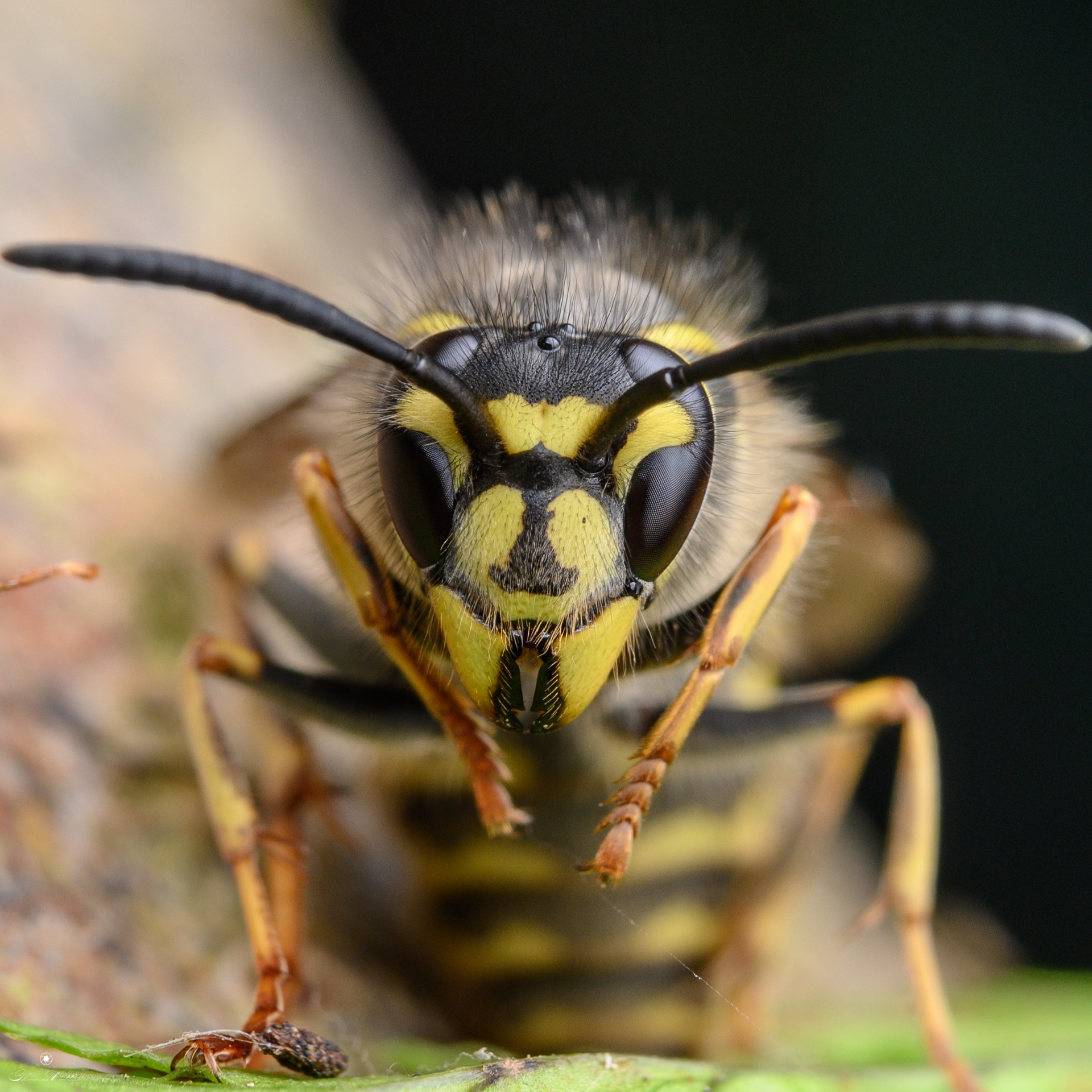
ALLELOCHEMICALS
Intraspecific Allelochemicals:
These are chemicals produced by an individual to affect other members of the same species. For example, allelochemicals may influence competition for resources among individuals of the same species.
Interspecific Allelochemicals:
These chemicals are used in interactions between different species. They can have effects such as deterring predators, attracting pollinators, or repelling competitors.
Allelochemicals are classified into several subcategories based on the type of interaction they mediate:
Allomones

Kairomones
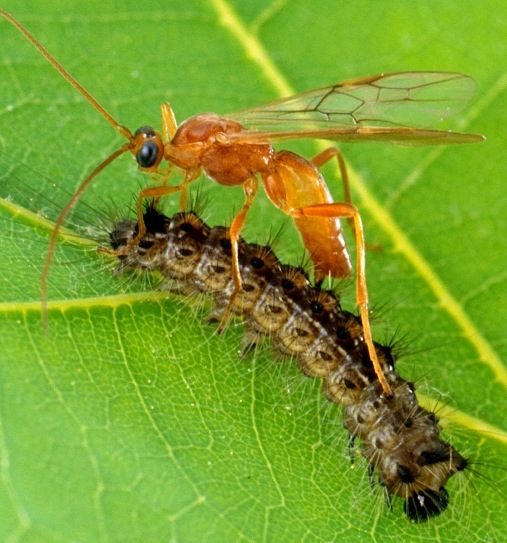
Synomones
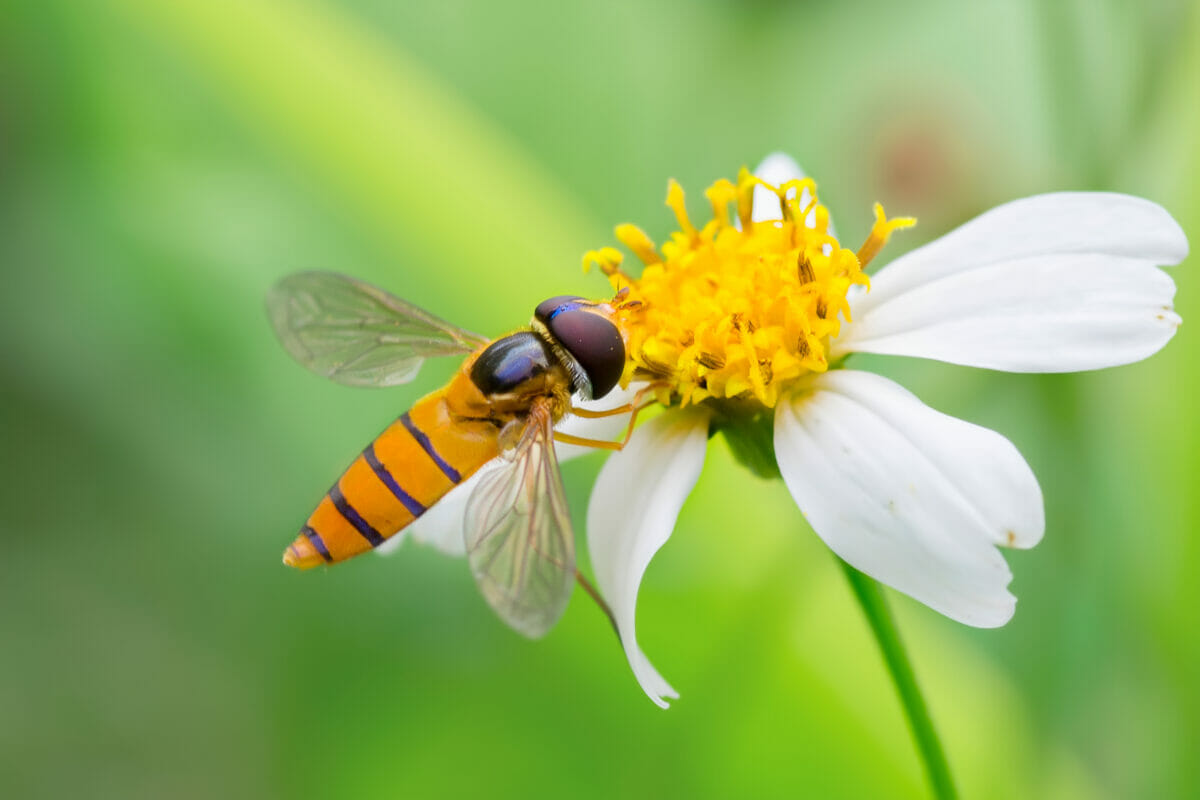
The Pherobase lists all the above types of semiochemicals, we are mainly interested in the type (category) and source (emitter, or other source) of the semiochemicals, the abbreviations in the Pherobase are as follows:
Category of the chemical signal:
Source of the chemical signal:
Here is an example of how to interpret the abbreviations in The Pherobase:
P-is pheromone, which is produced naturally by organisms.
The pheromone can either produced by a female (F), or male (M) or both male and female (M&F) or a queen (Q) or others.
A– is an attractant, a chemical is found to be attractive to organism in either field or laboratory experiments but that was not found to be naturally produced by that organisms. Please note that the same compound can be (A and P) at the same time. The reason for that, some scientists discovered that certain compounds are attractant (A) to certain organism and later other scientists discovered that these compounds are produced naturally by this organism (P). When the chemicals are discovered to be an attractant (A) the source in this case is usually a synthetic lure (L).
* sign-Sometimes scientists discover that insects produce many compounds but few of them are behaviourally attractive. This is reflected in The Pherobase by the asterisk sign (*) for the active compounds, while the inactive compounds do not have a sign.
H– Stands for host volatile mainly of plant origin, but for medically important insects, it is of animal origin as in the case of mosquitoes and if this host volatile (H) is attractive to insects it is considered a Kairomones (K).
The ratio of the compounds reported in the blend is given either as a relative ratio or as a relative amount in (ng) or (µg).
Citation of The Pherobase
The Pherobase is sustained solely through voluntary efforts, crafted with simplicity to enhance user convenience, involving hundreds of hours dedicated to data entry, software programming, hard work, and unwavering commitment. If you utilize the Pherobase as a resource in your research or publications, kindly cite it in accordance with the Journal’s citation style guidelines.











